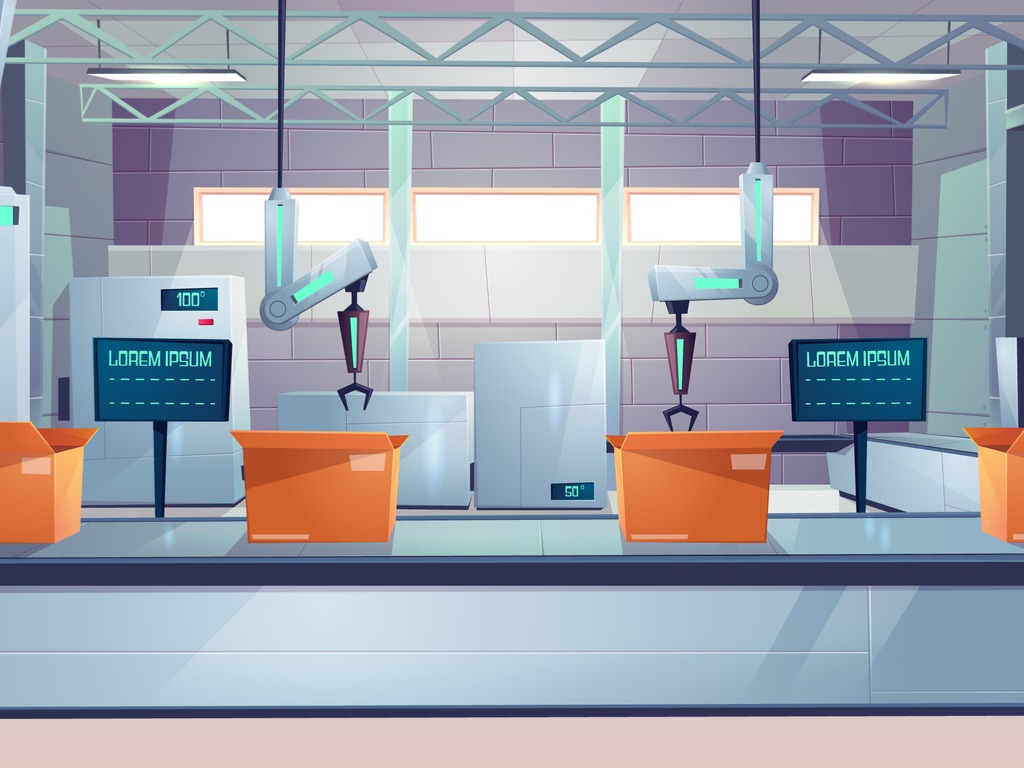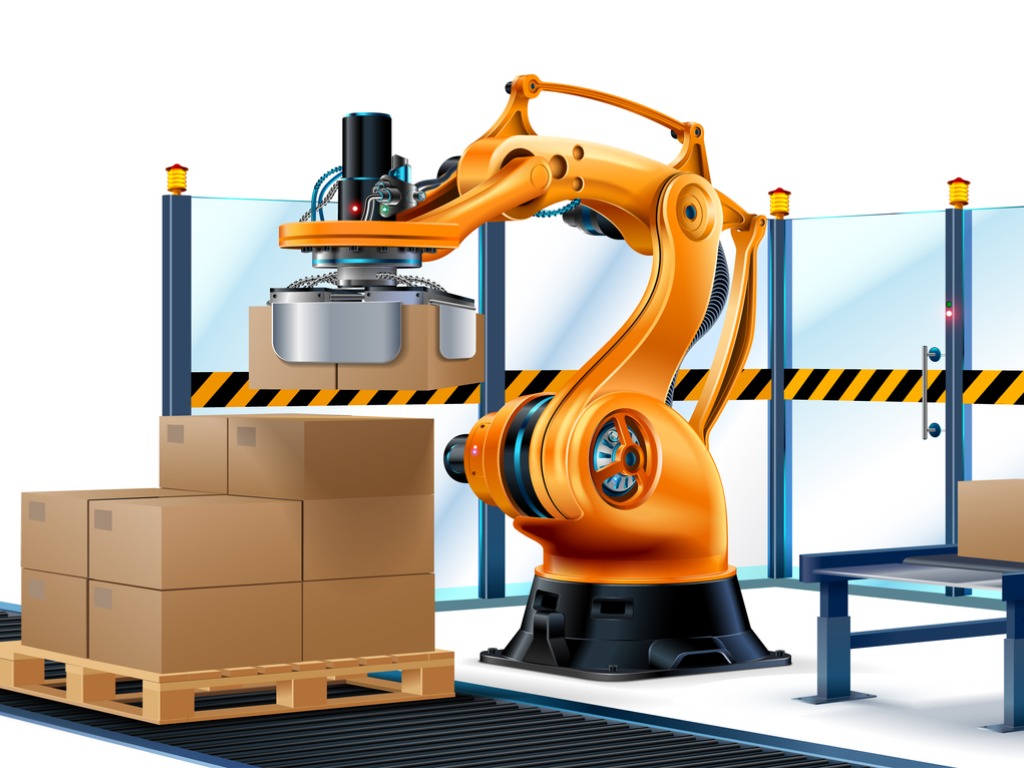
Meet our Expert
Tracy Perdue has 20 years of industry experience working with Dematic, Intelligrated, and Conveyco Technologies, among others. Much of his work has been focused on getting automation right for regional and national 3PLs distributing products for a variety of retailers. Perdue’s self-described approach is ‘Let’s get real.’ He aims to find the right answer to meet a specific situation, not a one-size-fits-all solution. Perdue is currently vice president of sales at OSARO, an AI-driven robotics company that provides piece-picking solutions for e-commerce.
RaaS can reduce the risks of cost and complexity
Increasingly, robotics automation companies are offering Robot-as-a-Service (RaaS) contracts as a payment option to reduce risk associated with cost and complexity. What is it and how does it work? Materials handling expert Tracy Perdue explains.
By Barbara Buell, OSARO Ask an Expert series
What is RaaS?
Perdue: RaaS is a Robot-as-a-Service contract plan. You have probably heard of SaaS, Software as a Service. SaaS is a longtime payment norm in the software industry through which vendors deliver cloud-based software over the internet in exchange for an annual license instead of installing and maintaining static local software at a customer’s facility.
Supply chain and manufacturing companies deal in heavy equipment which traditionally has involved costly upfront capital expenditures. As robotics automation has become a norm in many warehouse situations, vendors have started offering Robot-as-a-Service contracts. By operationalizing predictable costs, customers can lower the risk associated with CAPEX outlays, maintain equipment flexibility, and reduce concerns about Return on Investment in this complex and evolving automation sector.
What are the purchase options under RaaS?
Perdue: You should know what your annual investment is. That is, whether it is a monthly or quarterly payment. And, how long a commitment is it: Yearly or multi-year?
What are the pros and cons of a yearly renewal versus multi-year contract?
Perdue: You don’t want to be penalized by inflation or escalation (annual vendor mark-up) by renewing a RaaS contract on an annual basis. And in robotics you are looking at a multi-year commitment anyway, so you may want to strongly consider a three- to five-year deal, which typically offers a lower annual investment incentive based on a long-term commitment with your solution vendor.
What does a RaaS contract include?
Perdue: You shouldn’t have to budget for MRO (maintenance, repair, and operation) expenses, as these should be built into your RaaS contract.
You need to think about whether you want an absolute fixed expense that includes both 1) reactive support (phone, remote, and on-site help) and 2) scheduled preventative maintenance (PM), which is proactive and more predictive. The vendor will carry the burden to come out and do the preventative maintenance, plus provide all consumable spare parts. Travel expenses for scheduled maintenance intervals and repairs are baked into the annual fee. From an accounting standpoint, it’s nice because it’s a fixed number on your P&L; there are no unplanned expenses that would cause budget overruns.
Is paying upfront for system support versus just preventative maintenance worth it?
Perdue: With a RaaS model, you should get remote phone support during normal business hours 8 am-5 pm. RaaS without support is less expensive upfront but may cost you more year over year. While you might not buy an upfront service contract on a new flatscreen television – they are historically reliable – the variables on robotic equipment in a real-world environment are significant. It’s a no brainer to bake the support into the RaaS model. Preventative maintenance (scheduled PMs) and system support (phone/remote and on-site support) are two different services but are typically rolled into a single support program for a customer.

Request a Consultation



